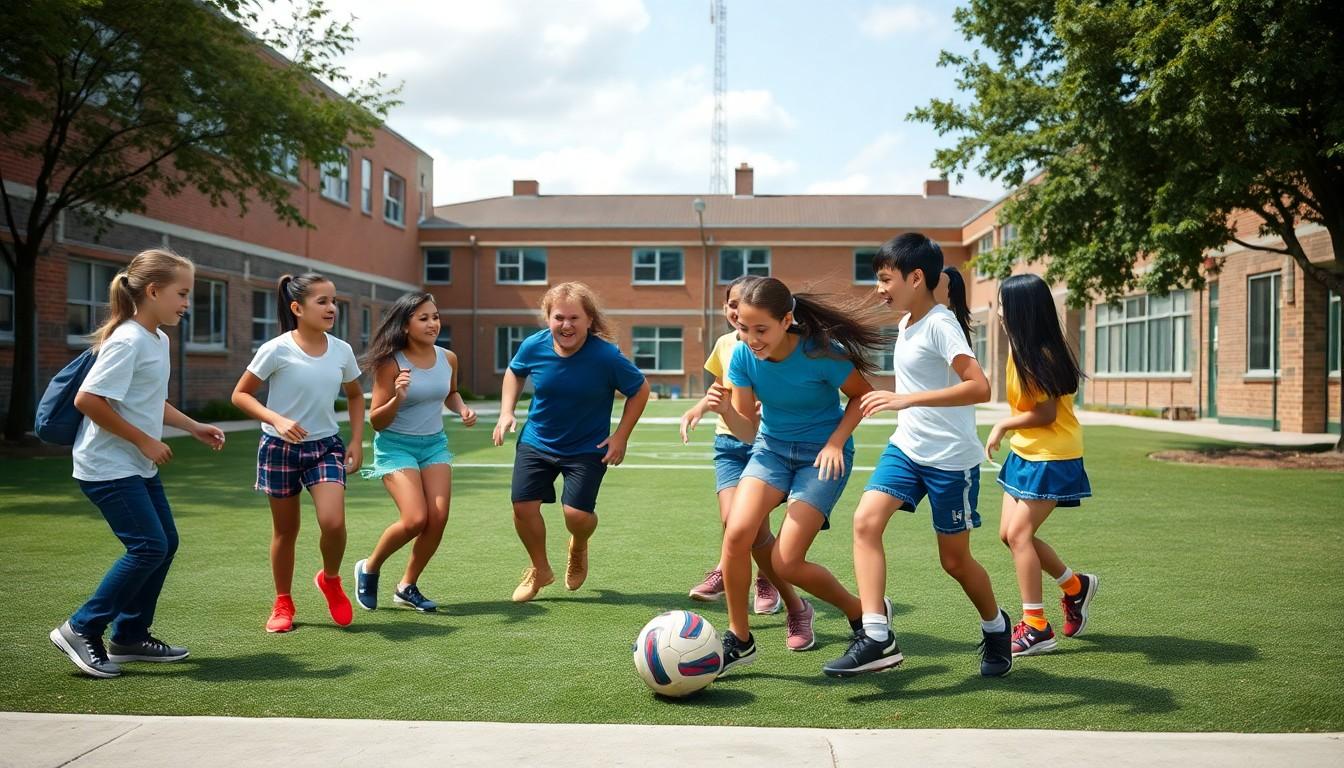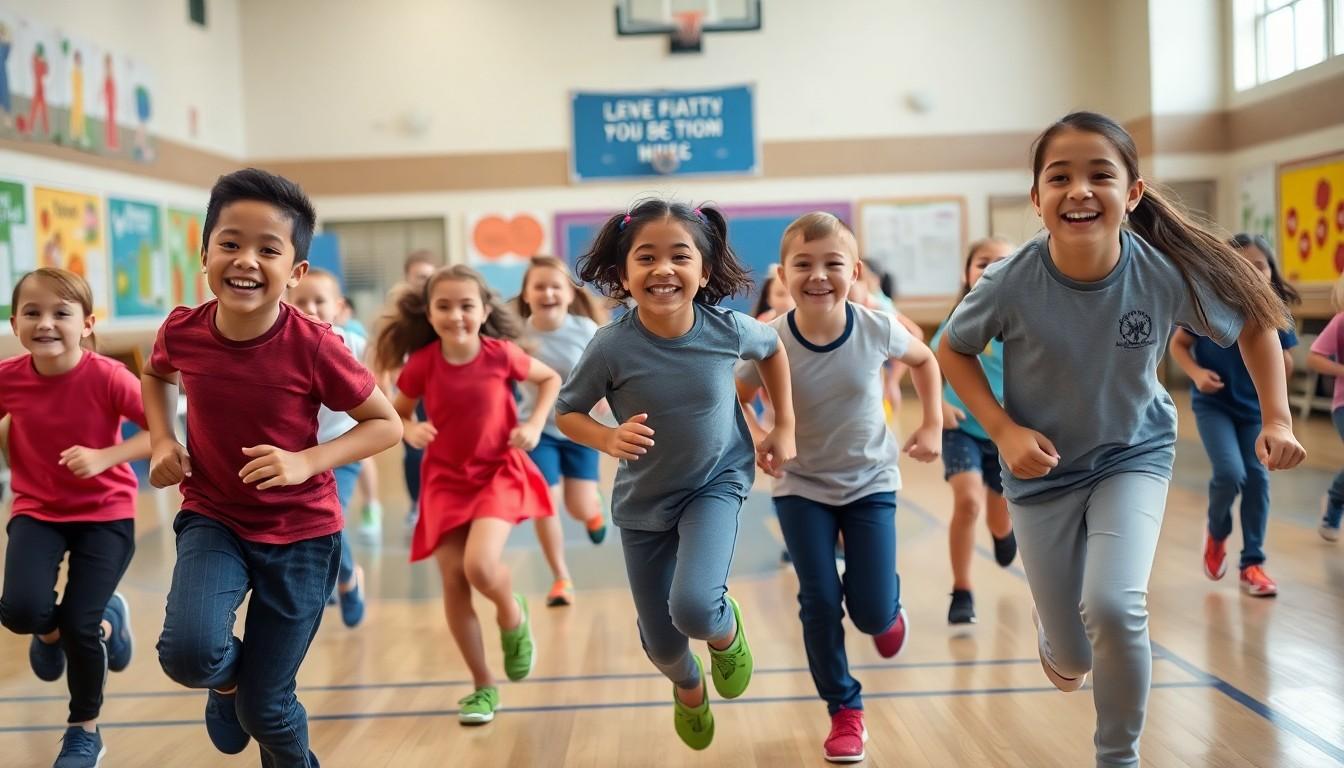In a world where couch surfing is an Olympic sport, the importance of physical education and health education can’t be overstated. These programs do more than just teach kids how to dodge dodgeballs; they equip them with the skills to navigate a healthy lifestyle. Imagine a generation that not only knows how to score a goal but also understands the importance of nutrition—sounds like a win-win, right?
Physical Education and Health Education
Physical education focuses on the development of physical skills and fitness, encouraging students to engage in various activities, including sports and exercises. Health education complements this by providing information about nutrition, mental health, and wellness practices. Together, these subjects form a comprehensive approach to fostering healthy lifestyles among students.
Various programs are designed to teach essential skills, such as teamwork and sportsmanship in physical education classes. Educators aim to instill a lifelong appreciation for fitness, which contributes to reduced obesity rates and improved mental health. Students gain confidence as they develop physical skills and learn to navigate social dynamics in team settings.
Health education equips students with the knowledge necessary to make informed decisions about their health. Topics often include understanding body systems, recognizing the importance of nutrition, and managing stress. Evaluating the impact of lifestyle choices prompts students to reflect on their habits, empowering them to take control of their well-being.
Research highlights the correlation between physical activity and academic performance. Increased engagement in physical education enhances cognitive functioning, leading to better focus and retention in other subjects. Schools that prioritize both physical education and health education often see a more substantial reduction in disciplinary issues and improved school culture.
Implementing these programs requires collaboration among teachers, parents, and the community to ensure effective delivery. Ongoing professional development for educators translates into current, evidence-based teaching methods. Schools must advocate for robust curricula that embrace both physical fitness and health knowledge to nurture a generation capable of making healthier choices.
Importance of Physical Education and Health Education
Physical education and health education play essential roles in nurturing healthy individuals in society. These subjects equip students with the knowledge and skills necessary to lead active, fulfilling lives.
Contribution to Overall Well-being
Physical education fosters physical fitness, which directly contributes to overall well-being. Increased activity levels can lower the risk of chronic diseases, such as obesity and diabetes. Health education complements this by promoting awareness of nutrition and mental wellness, creating a holistic approach to health. Students learn to make informed lifestyle choices, leading to improved self-esteem and reduced stress levels. Activities that encourage teamwork enhance social skills and build community. Healthy habits established in youth often persist into adulthood, creating lasting benefits for society.
Impact on Academic Performance
Academic performance sees significant enhancements with regular participation in physical education. Studies show that students who engage in consistent physical activities tend to have higher concentration levels and improved cognitive functions. Schools that integrate physical and health education into their curricula frequently report fewer behavioral issues and a more positive school environment. Additionally, the collaborative nature of physical activities fosters camaraderie among peers, which can further enhance learning outcomes. Prioritizing these programs contributes to an overall culture of engagement and success in educational settings.
Key Components of Physical Education
Physical education encompasses various essential components that contribute to students’ overall well-being and fitness. Two crucial aspects include curriculum design and teaching strategies.
Curriculum Design
Curriculum design in physical education aligns with national standards while integrating local community needs. The focus remains on both skill development and promoting lifelong fitness habits. Effective programs include diverse activities, accommodating different interests and abilities. Incorporating health education into the curriculum enhances students’ understanding of nutrition and wellness. Additionally, collaboration with local sports organizations can provide access to resources. Engaging students through interactive learning increases participation rates. This multifaceted approach creates an environment that supports both physical and mental health.
Teaching Strategies
Teaching strategies in physical education emphasize active participation and student engagement. Instructors employ diverse methods, such as cooperative learning, to foster teamwork and communication. Different activities keep students involved, catering to various skill levels. Assessment strategies, including peer review, encourage accountability among students. Providing constructive feedback enhances individual growth and skill improvement. Flexible lesson plans allow teachers to adapt to students’ needs and learning styles. By prioritizing a positive classroom environment, educators can inspire students to value physical health and fitness.
Key Components of Health Education
Health education encompasses essential elements that contribute to a comprehensive understanding of well-being. It prioritizes health literacy, which refers to the ability to obtain, process, and understand basic health information for making informed decisions.
Health Literacy
Health literacy equips individuals with critical skills for interpreting health-related information. Relevant knowledge fosters the ability to navigate healthcare systems and comprehend medical terms. Understanding risks associated with various health behaviors helps individuals make effective choices. Programs designed to enhance health literacy significantly improve students’ capacity to manage their health proactively.
Topics Covered
A variety of topics covered in health education programs reinforce the importance of a balanced lifestyle. Standard subjects include nutrition, mental health, physical activity, and substance abuse prevention. Each area provides valuable insights that drive informed decision-making. Exploring body systems and their functions informs students about their health and wellness. Stress management techniques empower students with skills for coping effectively. Knowledge gained from these topics lays the foundation for a lifetime of healthy choices.
Challenges in Physical Education and Health Education
Several challenges hinder effective physical education and health education programs. Budget constraints significantly impact resources. Schools often face shortages of equipment and facilities, limiting student engagement in physical activities. Insufficient funding affects the implementation of comprehensive health education curricula. Without adequate resources, teachers struggle to provide diverse and engaging activities that foster lifelong habits.
Teacher training and support remain critical issues. Many educators lack the necessary training to effectively teach physical education and health education. Professional development programs often do not prioritize these subjects, leading to gaps in knowledge. Inadequate support can result in teachers feeling unprepared to address health topics. Ongoing training and resources play essential roles in equipping educators to promote active lifestyles and healthy choices among students.
Future Trends in Physical Education and Health Education
Emerging trends signal a dynamic shift in physical and health education, driving innovation and engagement among students.
Incorporating Technology
Integrating technology enhances physical education programs and health education curricula. Virtual reality exercises immerse students in interactive fitness experiences, increasing motivation and participation. Wearable fitness devices allow students to track activity levels and set personal fitness goals. Mobile apps provide access to nutrition information and wellness resources, promoting healthier lifestyle choices. These tools create engaging environments that encourage consistent activity. Additionally, online platforms facilitate collaborative learning, connecting students with peers and experts. This approach not only fosters engagement but also offers personalized feedback, vital for student growth and skill development.
Focus on Mental Health
Prioritizing mental health becomes increasingly important in physical and health education. Programs now include mindfulness practices and stress management techniques alongside traditional physical activities. Educators encourage discussions about mental well-being, helping students recognize its impact on overall health. Classes often incorporate lessons on coping strategies, building resilience, and managing anxiety. These initiatives promote a holistic approach to health, reducing stigma and fostering supportive environments. Schools that focus on mental health create a culture where students feel valued and understood. Consequently, enhanced mental wellness contributes to improved academic performance and personal fulfillment.
Shaping Healthier Generations
Physical and health education plays a vital role in shaping healthier generations. By integrating physical fitness with health knowledge, schools can cultivate informed individuals who prioritize their well-being. The collaborative efforts of educators, parents, and communities are essential in overcoming challenges like budget constraints and inadequate training.
Embracing technology and innovative teaching methods can enhance student engagement and promote active lifestyles. As schools continue to prioritize these programs, they not only improve academic performance but also foster a culture of wellness. The future of education lies in equipping students with the tools they need to lead fulfilling, healthy lives.


